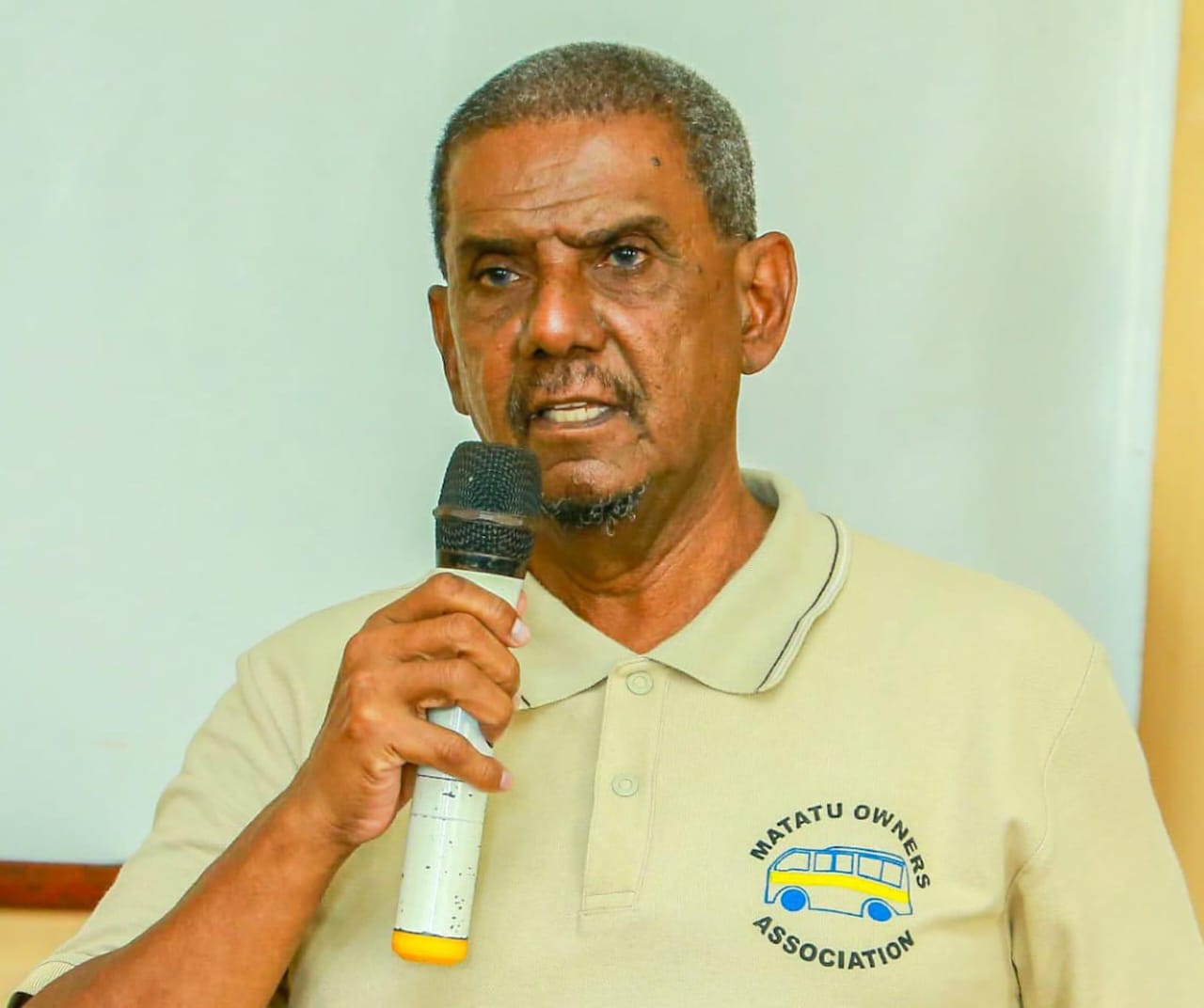
 Salim Mbarak / BRIAN OTIENO
Salim Mbarak / BRIAN OTIENOSalim Mbarak has been nominated as the second
deputy president of the Matatu Owners Association.
The September 1 nomination by the MOA National
Executive Council is subject to ratification by the National Governing Council
when it sits next.
It is not clear when the NGC will sit next.
Mbarak, who was holding the MOA Coast coordinator
position prior to the nomination, has accepted the nomination saying he will
continue working to streamline the matatu industry across the country.
Mbarak, a soft spoken person from Mombasa, has
been instrumental in the shaping of the matatu industry at the Coast region,
pushing for reforms that are commuter-driven.
“I thank MOA president Albert Karakacha, the NEC
and all the Saccos at the Coast for having faith in my leadership.
“The matatu industry is one of the most powerful
industries that drive the Kenyan economy and it needs distinct and strong leadership
to move the country,” Mbarak said.
The MOA was established in 2003, and has been a
strong negotiator, working with the government to ensure smooth transportation
of commuters to and from their workplaces daily.
Mbarak said he will push for better roads in
Mombasa, the Coast region and across the country saying matatu owners incur a
lot of expenses in repair of their vehicles due to poor roads, especially in
rural areas.
He noted that vehicle pay the fuel levy, part of
which is used for maintenance of roads.
“In Mombasa, for example, there are ongoing road
construction works. But some places have stayed for long in poor condition,”
Mbarak noted,
He called for expedition of the dualing of the New
Malindi Road.
He also said the fuel prices are extremely high
forcing matatus to pass the cost onto commuters.
“We are not happy when commuters complain of high
fares. But we have no choice because we have to fuel our vehicles for them to
operate,” he said.
In Mombasa alone, about 40 per cent of the
estimated 1.4 million residents use public transportation as their main mode of
travel.
Some 45 per cent of the population walks while
three per cent use personal cars, according to studies in 2020.
This means about 440,000 people in Mombasa use
public transportation, with matatus being the dominant public transport means.
Some
11 per cent of Mombasa residents use boda bodas, while four per cent use
tuk-tuks. Only one per cent of residents cycle as their main means of
transport.
By December 2019, Mombasa had registered 4,021
matatus, which carry 36 per cent of trips in the city.
Among matatus, 14-seat vehicles are dominant
The county had 67 registered taxis, 255 minibuses and 172 buses, bringing the total to 12,542 public transport vehicles.
Instant Analysis:
Public transport is a primary means of getting around the city for a significant portion of the population. Policies are in place to further promote public transport and non-motorized transport options to reduce reliance on personal cars.













